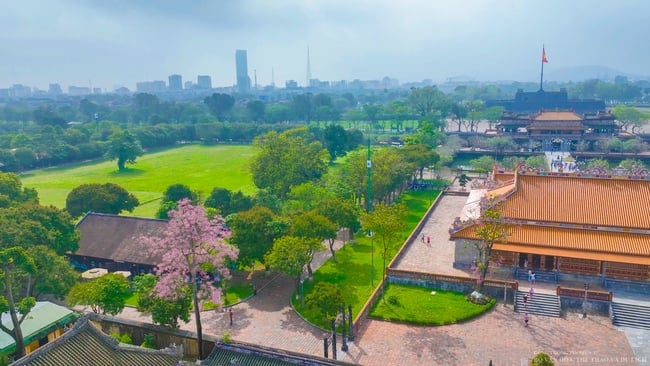
Every year, in late spring and early summer, in Hue there is a unique tree species that competes to show off its bright, noble, and elegant purple roses.
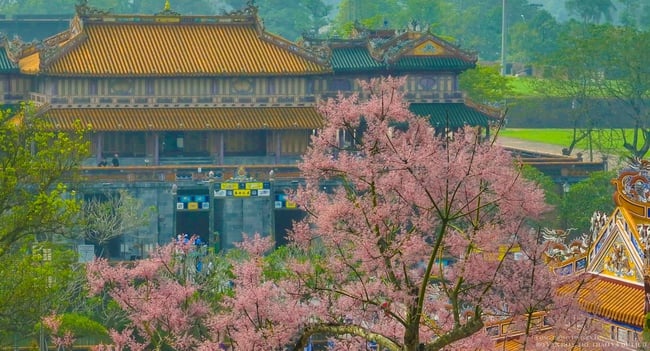
That is the parasol flower, known as the "royal flower", commonly grown in the Imperial City - Hue Royal Palace and some parks along the Huong River, Nguyen Dynasty tombs...
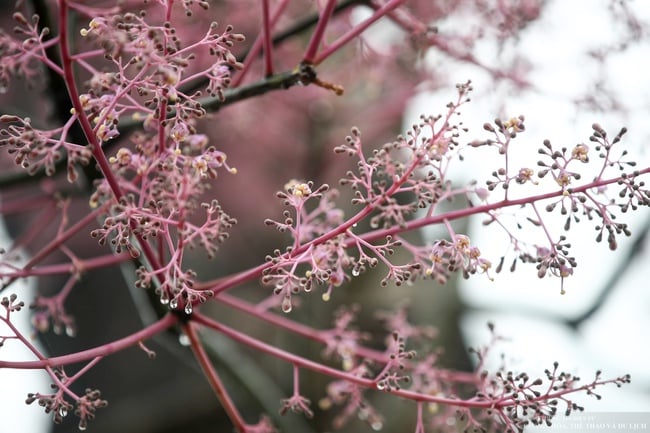
This year, the parasol trees bloomed in early April, captivating many tourists visiting the Hue heritage site.
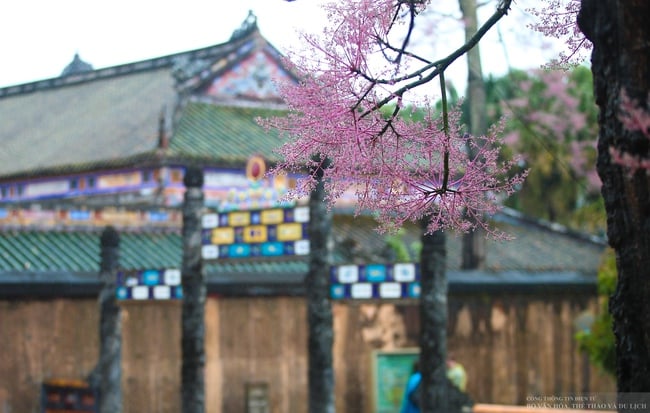
Bright pink and purple flowers blooming on the roofs of ancient palaces bring visitors experiences and memories of the golden age of the ancient capital.
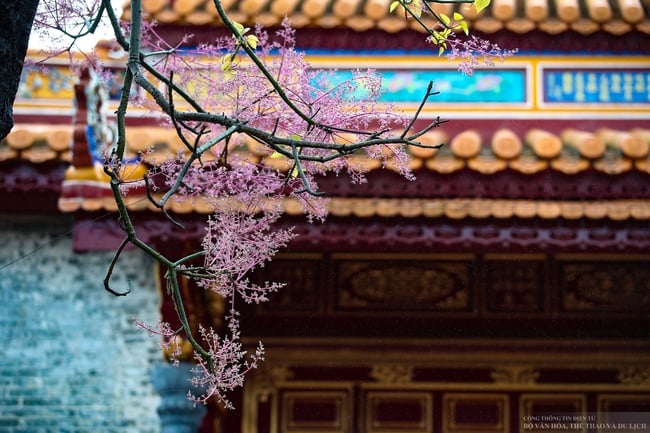
The book Dai Nam Nhat Thong Chi clearly records the origin of the parasol tree in Hue: "During the reign of Minh Mang, it was brought from Guangdong and planted on both sides of the Can Chanh Palace. Soldiers were also sent to bring leaves to the mountains to search everywhere. When they were found, they were planted on the corners of the palace."
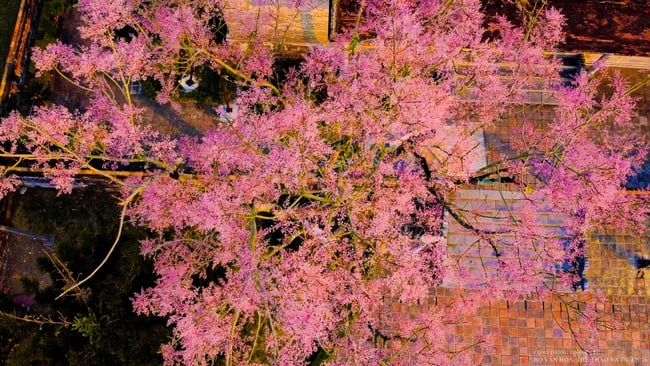
According to the historical source mentioned above, the parasol tree originated in China.
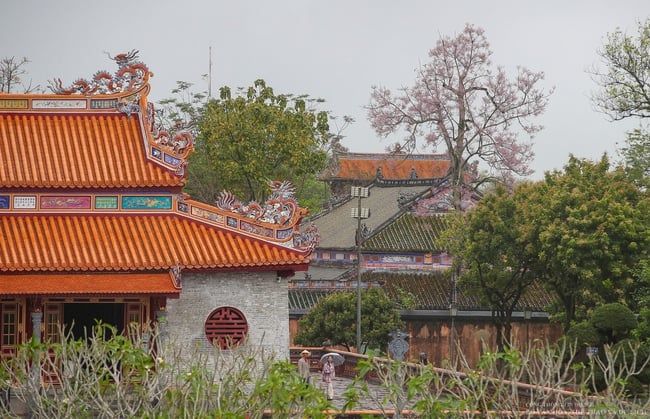
However, when arriving in Hue, the parasol tree "adapted to local customs" because the local soil and climate caused this tree to bloom in late spring and early summer, unlike the tree in China that blooms in late autumn.
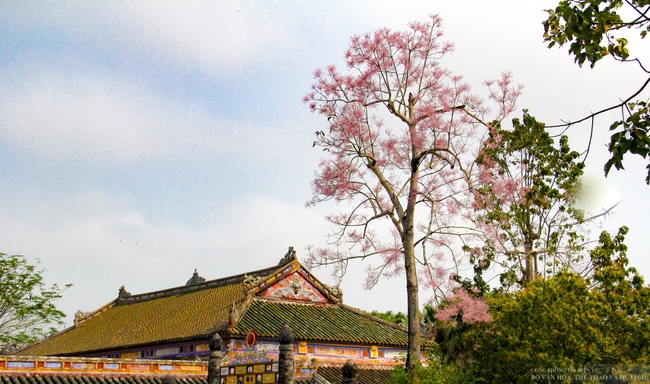
According to Eastern legend, the parasol tree is associated with the image of the phoenix's residence. This is a bird that symbolizes good luck and nobility. The ancients considered the tree to be a gentleman, wise and noble.
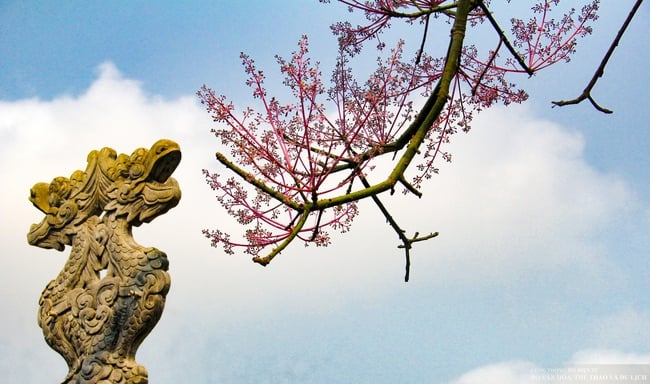
The purple-pink color of flowers is contrasted with the ancient features of the ceramic dragons embossed on the structures in the royal palace.
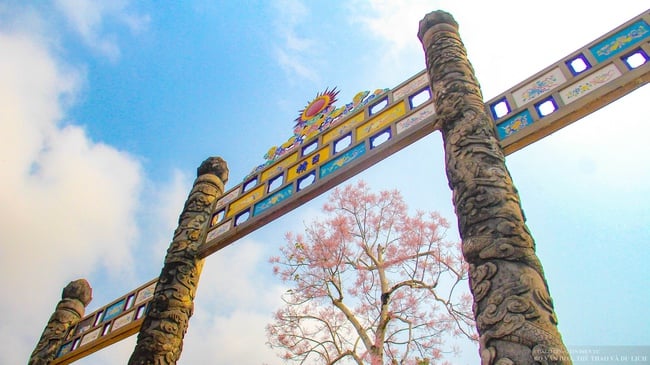
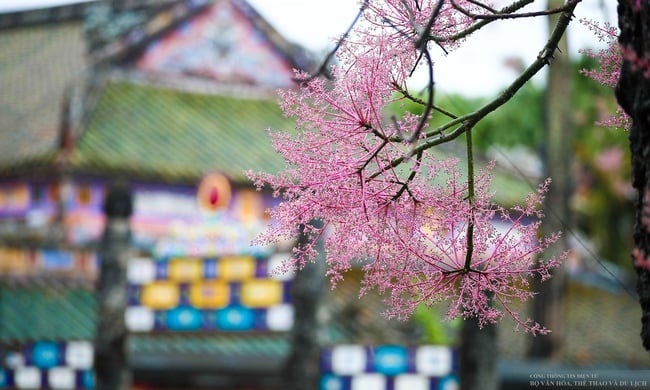
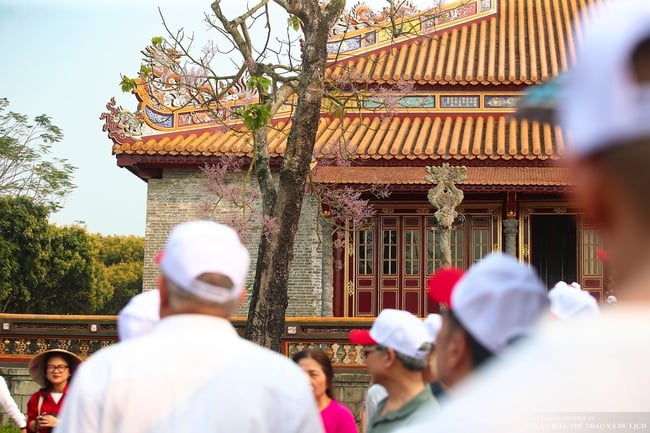
For many years, the parasol tree behind Thai Hoa Palace has become an attractive check-in spot in Hue Imperial City every blooming season.
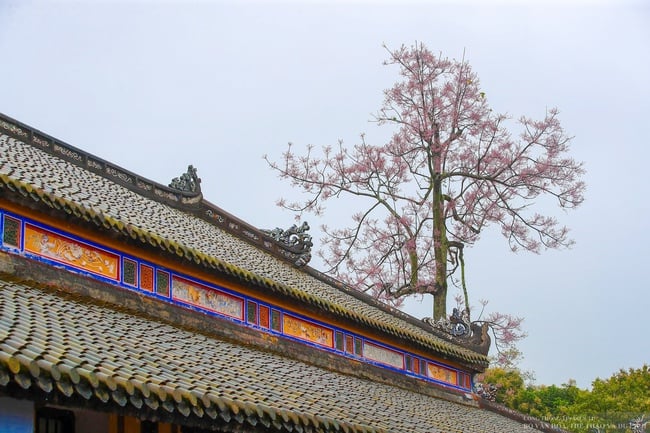
The tree trunk is over 15 m tall and shows its beauty at the main gate of the Forbidden City.
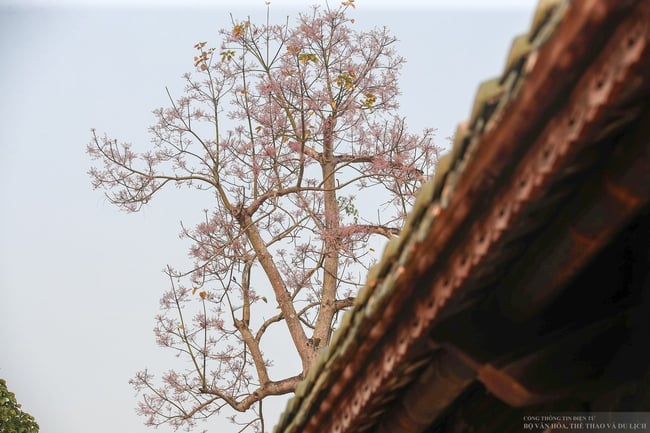
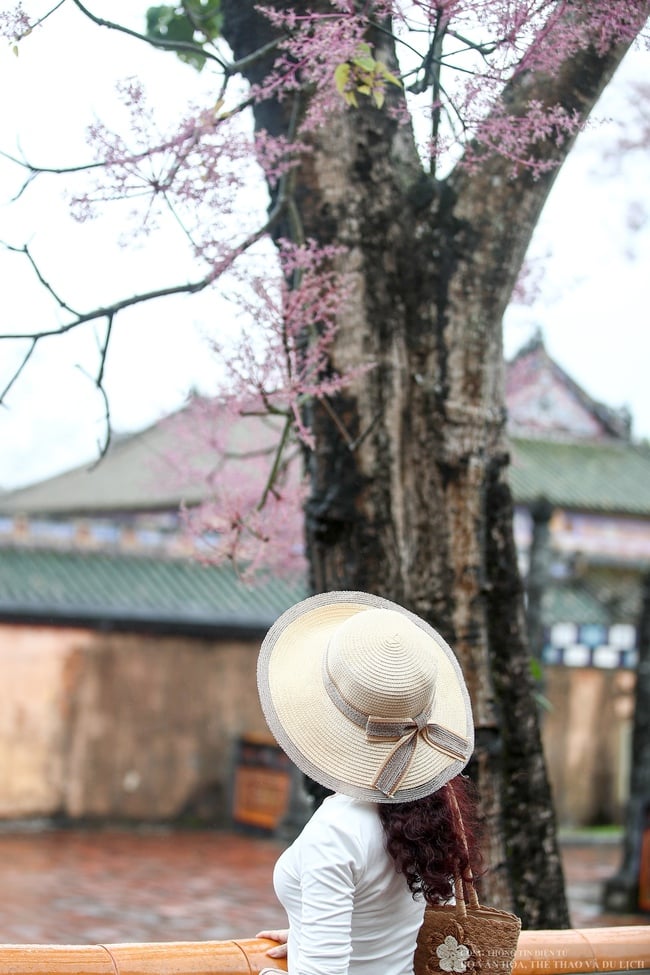
Hong Van (a tourist from Ho Chi Minh City) said that she was lucky to visit Hue Imperial City when the royal poinciana flowers were blooming all over the ancient palace.
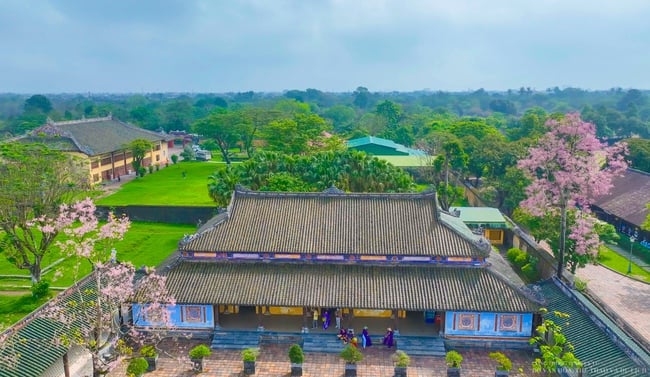
"The royal palace flowers make the scene more colorful and majestic and ancient," Van said.
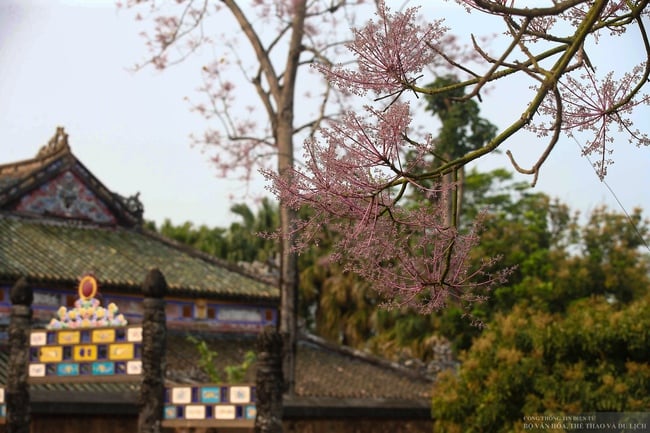
The parasol tree blooms in a corner of the palace
Source: https://bvhttdl.gov.vn/me-man-voi-vuong-gia-chi-hoa-khoe-sac-ruc-ro-o-dai-noi-hue-20250415105219885.htm



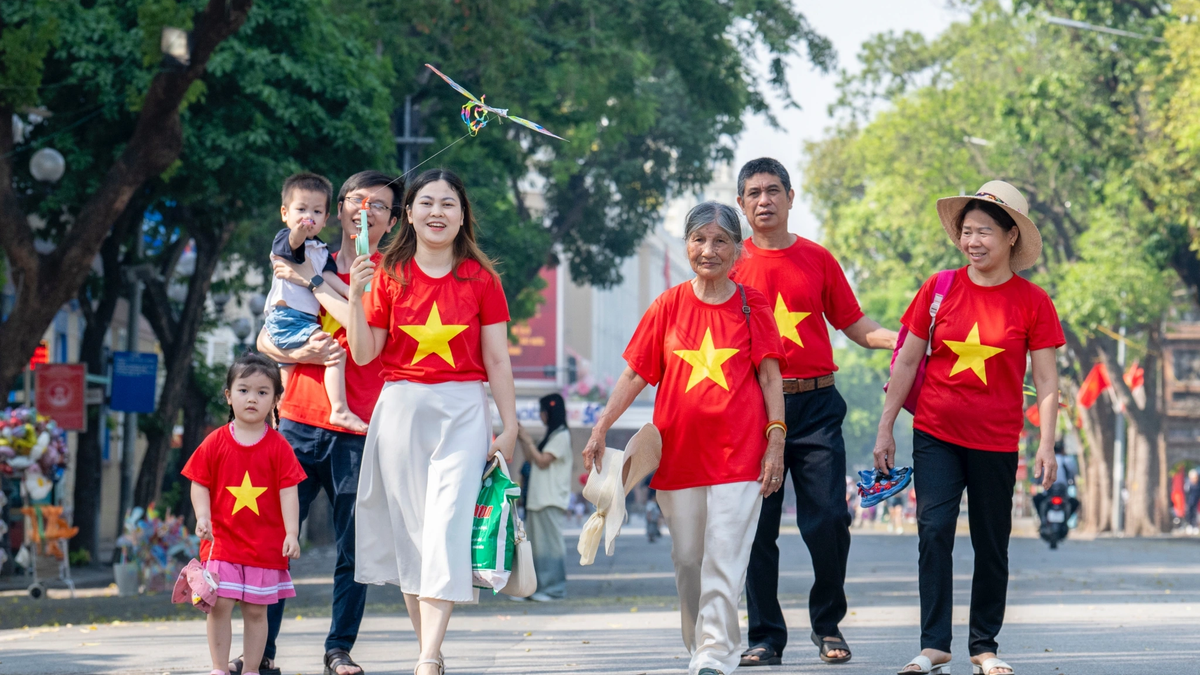

![[Photo] Bustling construction at key national traffic construction sites](https://vphoto.vietnam.vn/thumb/1200x675/vietnam/resource/IMAGE/2025/5/2/a99d56a8d6774aeab19bfccd372dc3e9)
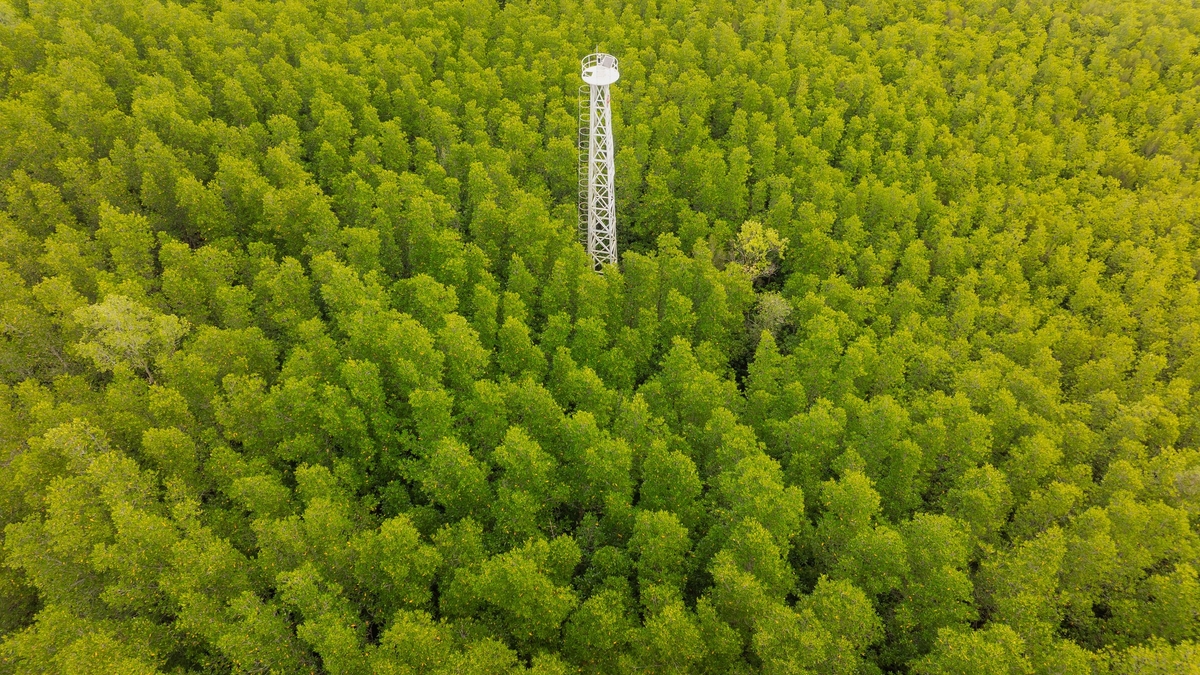



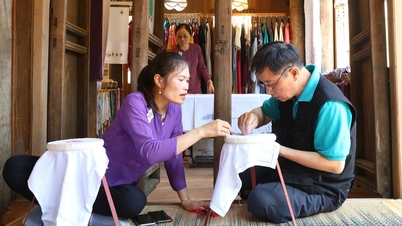


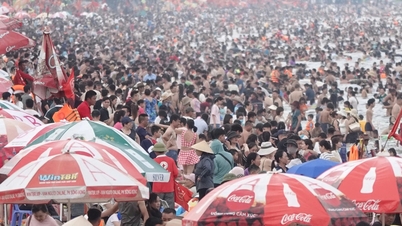






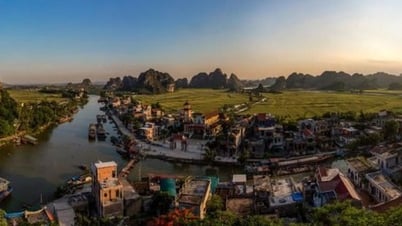




![[Photo] Binh Thuan organizes many special festivals on the occasion of April 30 and May 1](https://vphoto.vietnam.vn/thumb/1200x675/vietnam/resource/IMAGE/2025/5/1/5180af1d979642468ef6a3a9755d8d51)
![[Photo] "Lovely" moments on the 30/4 holiday](https://vphoto.vietnam.vn/thumb/1200x675/vietnam/resource/IMAGE/2025/5/1/26d5d698f36b498287397db9e2f9d16c)
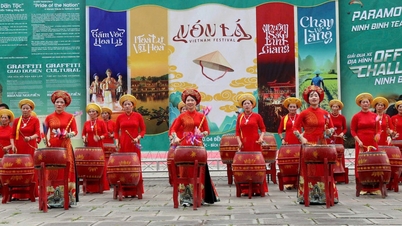

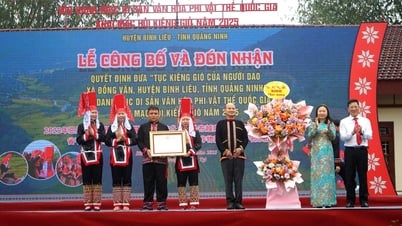



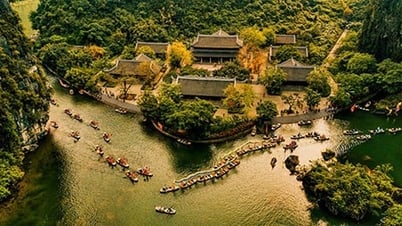

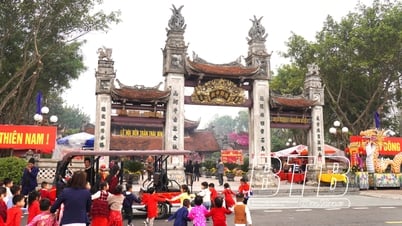



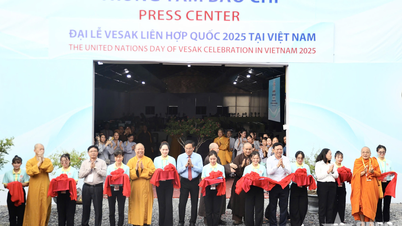

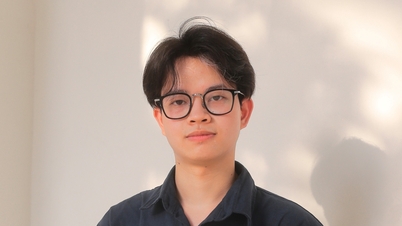

















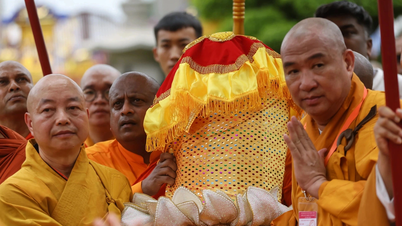




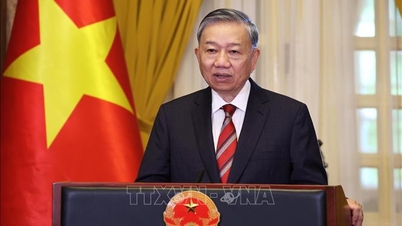











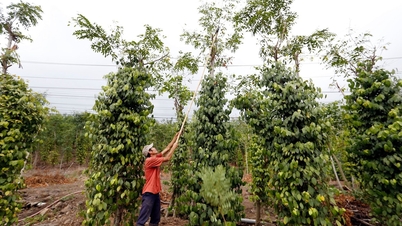



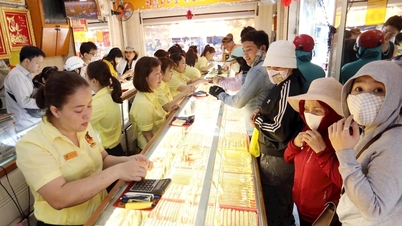
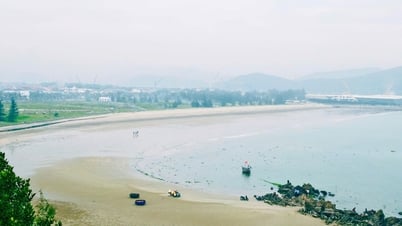
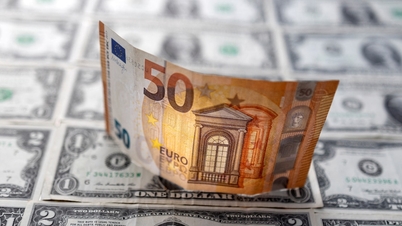




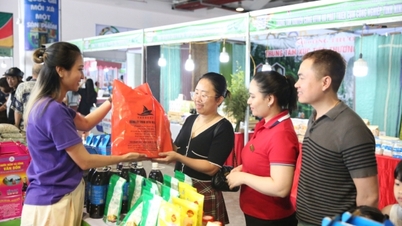



Comment (0)